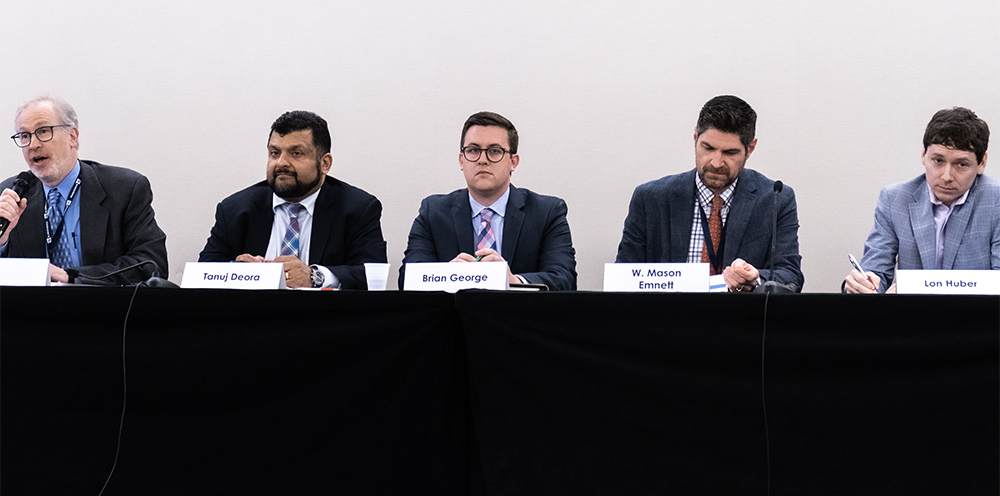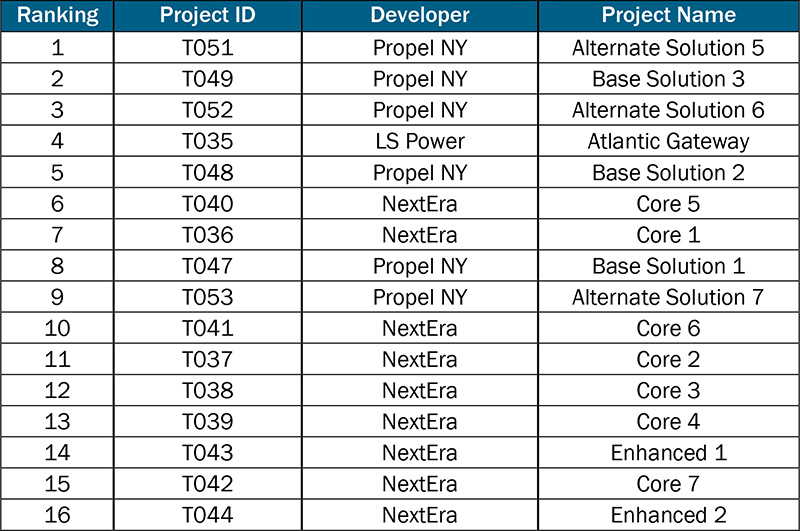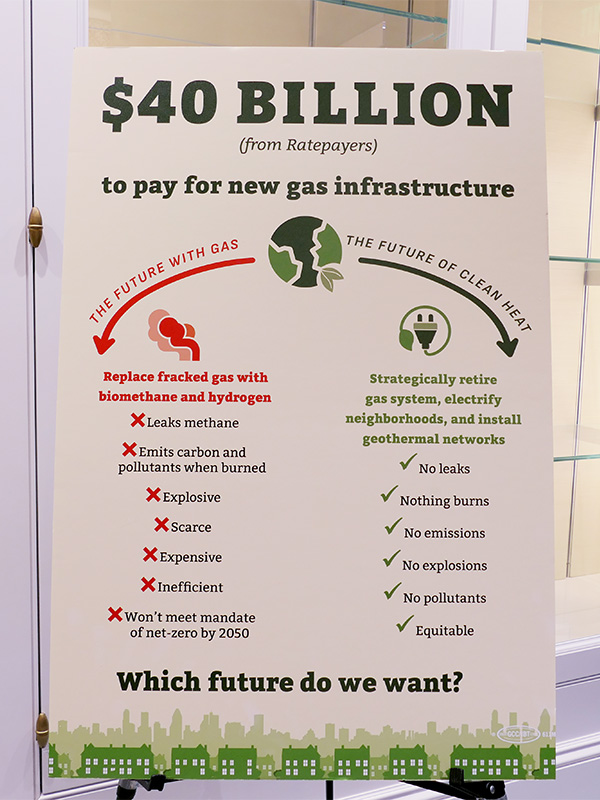PJM Doubles Synchronized Reserve Requirement
VALLEY FORGE, Pa. — PJM has doubled its synchronized reserve requirement to account for diminished performance since the implementation of the reserve market overhaul in October.
Donnie Bielak, PJM senior dispatch manager, told the Operating Committee that reserve performance has been approximately 50% since the RTO implemented reserve price formation last year, which consolidated reserves into one product, lowered the offer cap from $7.50/MWh to 2 cents and expanded resources subject to the must-offer requirement. (See Synchronized Reserve Pricing Falls in PJM Markets After Overhaul.)
The higher reserve requirement, announced to members Thursday morning, went into effect for the day-ahead market for Friday and was in place starting at midnight. The increase amounts to an additional 1,588 MW procured, equal to the single largest expected contingency.
“This is meant to be an immediate, albeit temporary measure,” Bielak said. “We are doing this to make sure we have reliable and uninterrupted service to the load.”
Several stakeholders questioned the timing and the immediacy of the decision, asking why there was not more notice. Bielak told RTO Insider that following stakeholders’ decision to initiate a quick-fix process to address reserve rates last month, PJM staff determined a more immediate solution was needed going into the summer months.
Generator performance during the December 2022 winter storm may have led to a violation of NERC’s disturbance control performance (DCS) standard by potentially taking 52 seconds longer than the permitted 15 minutes to alleviate a contingency event recovery period on Dec. 23.
Independent Market Monitor Joseph Bowring said PJM hasn’t provided any evidence of a reliability issue or that there is a risk of violating the DCS standard. After the operating reserve rule change on Oct. 1, 2022, the must-offer requirement for synchronized reserve significantly increased the amount of reserves available, he said, noting also that there have been no issues with violating the NERC DCS standards. Bowring also asked PJM to explain why it thinks it has the authority to unilaterally double the reserve requirement.
Bielak said PJM thinks it has been able to procure adequate synchronized reserves because some generators are continuing to operate under the old ruleset, despite not receiving revenue for doing so. As that reality becomes clear for market participants, the RTO may not receive the same response to its calls to generators. (See PJM MIC Briefs: April. 12, 2023.)
PJM Projects Adequate Supply This Summer
The 2023 Summer Study found that the RTO will have enough installed capacity, 186.5 GW, to meet its 90/10 load forecast of 162.7 GW. The non-diversified peak demand is expected to be 156.1 GW.
“PJM works diligently throughout the year to coordinate and plan for peak load operations, with reliability as our top priority,” PJM CEO Manu Asthana said in an announcement of the study on Thursday. “We’re not saying these extreme conditions will happen, but the last few years have taught us to prepare for events we have never seen.”
No reliability issues were identified; however, re-dispatch and switching could be required in some areas to avoid thermal or voltage violations.
Demand response may need to be implemented in the event of “extraordinary electricity demand and high generator outages,” with around 7.5 GW in pre-emergency load management found to be available in the study.
The study found that PJM should have resources to cover the outage scenarios historically seen in the summer months. It also draws on lessons learned from the February 2021 winter storm to incorporate the possibility of extreme conditions without precedent.
“We have learned through experience to expand the set of possibilities we prepare for,” Senior Vice President of Operations Mike Bryson said in the announcement. “We will continue to work with our utility partners and stakeholders to refine our planning, analysis and communications of the risks presented by new and challenging weather patterns and other variables.”
About 15.4 GW of discrete generator outages are expected in the study, as well as 4 GW being lost through net interchange. Under the largest gas-electric contingency, which is expected to take 4.8 GW off the grid, PJM would have an additional reserve margin of 4.1 GW. The no-wind and low-solar scenario would reduce available capacity by 5.6 GW, producing a margin of 3.4 GW.
Last year’s study presented the largest contingency and the low-renewables scenario together; however, PJM spokesperson Jeff Shields said it would be unlikely for those conditions to overlap. (See PJM Summer Forecast Reports Sufficient Supply.)
“We didn’t feel that stacking all the contingencies together made for a plausible scenario,” he said. “We wanted to emphasize that with high generator outage failures and high load, combined with either of the unlikely scenarios of almost no sun in peak summer conditions or major pipeline failure, we would have to call on demand response.”
Discussion Continues on Transmission Outage Coordination Proposals
Bowring and PJM presented additional information on dueling proposals to add transparency to the process transmission owners follow to schedule extended outages. (See PJM OC Briefs: April 13 Proposals Seek to Address Transmission Outage Coordination.)
A joint package from PJM, DC Energy and Public Service Enterprise Group (NYSE:PEG) would involve coordination between utilities and RTO staff to identify any extended outages that may be required, evaluate the impact of those outages and expand outage information shared by PJM. Upgrades to facilities may be considered if outages are expected to cause significant operational issues.
The Monitor’s proposal would consider requests to reschedule an outage as a new request and classify it as a late submission if the request comes too close to the scheduled date. The language also would aim to reduce or eliminate approval of outage requests after FTR bidding opens and prevent TOs from bypassing rules for long-duration outages by breaking them into smaller segments.
Bowring said the Monitor’s proposal wouldn’t change existing processes, but it would more clearly define when outages should be considered late and provide market participants with more information about outages.
“We’re not trying to change the way outages are scheduled. We’re just trying to ensure they’re labeled correctly,” Bowring said. “… The goal is to make it easier to understand why the system is behaving the way it is.”
PJM’s Paul Dajewski said the status quo rules allow for outages submitted on time to be rescheduled regardless of their duration, which provides TOs with flexibility when scheduling their outages. He said the ability to reschedule is necessary to account for circumstances such as delays in equipment availability or weather.
Bowring responded that he understood that outages have to be scheduled well in advance and include flexibility but said the Monitor’s proposal wouldn’t change market mechanisms or how outages are scheduled, instead providing more information for other market participants.
Other OC Business:
- Stakeholders approved revisions to manuals 3 and 36 under each document’s periodic review. In both cases, the changes were updating the manuals with new information, as well as clarifying language in Manual 3.
- PJM’s Steve McElwee provided a cybersecurity update, saying that a recent attack on Dragos displays the need to stay vigilant against “social engineering” hacks being used to gain access to sensitive systems. (See Cancel: Dragos Breach Did Not Compromise E-ISAC.) He said if a member’s email systems were compromised, it would be difficult for PJM to determine that a breach had occurred unless it had been detected by that organization.
- The OC voted by acclamation to sunset the Synchronized Reserve Deployment Task Force due to an inability to determine a path forward since FERC rejected PJM’s intelligent reserve deployment in August 2022. Task force facilitator Vijay Shah said its issue charge has limited the ability to discuss the concerns the commission raised in its order and there has been limited discourse and no proposals currently before the group. Shah noted that PJM’s Adam Keech said during the Annual Meeting that RTO staff plan to bring a new problem statement and issue charge this summer.









